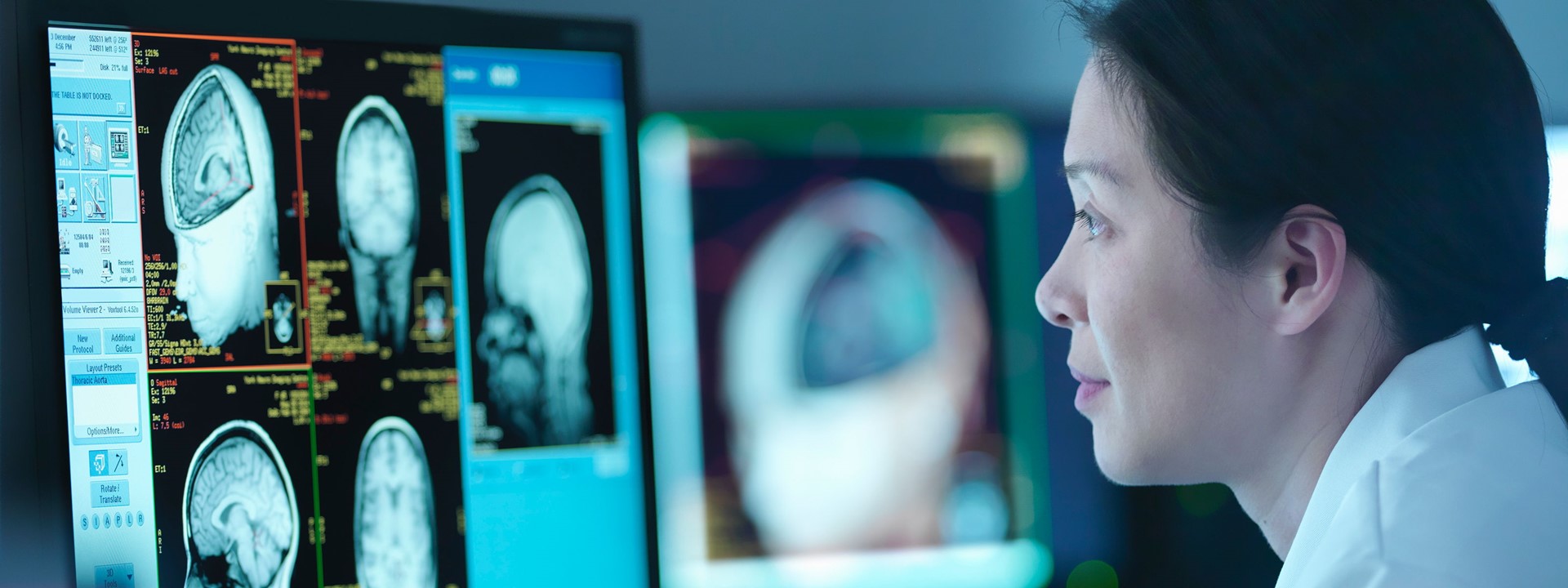As some of the most successful and lucrative biological drugs of recent years reach the end of their patents, the race is on to develop "biosimilars". It’s an area fraught with legal difficulty, on a high risk playing-field.
Over the past few years, biological medicines have become increasingly popular to treat patients with chronic and often disabling conditions, including cancer, diabetes and rheumatoid arthritis. The first generation of these drugs appeared in the 1980s, and many patents are now expired or on their way to expiration. As a result, some pharmaceutical companies have grabbed the opportunity to develop “generic” substitutes for the original biologics, referred to as biosimilars. The terrain is not smooth however for those companies looking to develop in this area but the potential for profit is enormous. In this article we look at how some of the risks associated with biosimilar development can be transferred.
Biological medicines are synthesised by living cells and as a result it’s impossible to produce an identical copy. To add to the difficulty, as most of the original product’s information is proprietary (even after loss of patent), manufacturers of biosimilars begin with a knowledge gap. Knowing only the identity of the final product, manufacturers need to work backwards to establish not only the protein expression system, but also fermentation and purification methods. As the whole process relies on living organisms, it makes for a system highly sensitive to changes during manufacture and every batch is slightly different. At this point, insurers will want to work closely with manufacturers to ensure systems are in place to minimise risks associated with production, including tight controls on fermentation parameters and proactive ways to prevent injuries.
Since the launch of the first biosimilar in 2006, healthcare professionals and pharmaceutical companies alike have been slowly gaining experience in their use.
It’s usually assumed biosimilars will follow the same safety profiles as their originator drugs, but there is always a small risk that it could lead to new serious side-effects in some patients. This is why post-approval pharmacovigilance is essential, not only to monitor known risks but also to detect rare adverse reactions that become apparent when large numbers of patients are treated for a long period. In case of litigation, as the biosimilar is not an exact copy of the originator product, it’s the dissimilar ingredients that will most likely affect product liability.
Future challenges
The field may still be maturing, but biosimilars are expected to have a bright future by expanding patients’ access to affordable biologicals.
So far, only a few simple molecule classes have moved off-patent. The interesting question is what will happen as more complex molecules – worth more than $5bn – are reproduced as biosimilars? The process will certainly be a more complicated one, with greater uncertainty over the result, but also presenting a greater potential reward for manufacturers. Many companies are keen to join the race, but they’re well aware of their regulatory obligations – and also the cost to them if something goes wrong.
“A responsible manufacturer will have in mind the cost of recalling a product that is found to be defective, the cost of potential litigation if drugs don’t work as they should, and, most important, the risk to patient safety,” says Dorothy Flower, head of the Medical/Life Sciences team at Reynolds Porter Chamberlain (RPC).
Very few fields require such a complex range of insurance as the pharmaceutical industry, from protecting intellectual property to liability covers. Strict legal regulations, complex supply chains and increasing production and distribution costs are just some of the challenges in this sector.
This is a specialist area of cover and getting protection levels right will require open and ongoing dialogue between the pharmaceutical and insurance sectors. Product liability insurers of the developers and manufacturers of biosimilars will be asking whether (or to what extent) protection against ‘failure to warn’ claims afforded to the small-molecule generic industry will be extended for this product class. In the absence of a significant body of litigation we can only hypothesise over the potential effects on established generic pharma industry loss profiles, but needless to say insurers will be in a position to respond accordingly.
We would like to thank Dorothy Flower and Peter Rudd-Clarke, from Reynolds Porter Chamberlain (RPC), for their expertise in developing this article.
Would you like to know more?
To register for future updates from our life science specialists, please click here.
For further information regarding our life science offering, please click here.
To view a selection of QBE’s most recent insights, please click here.


